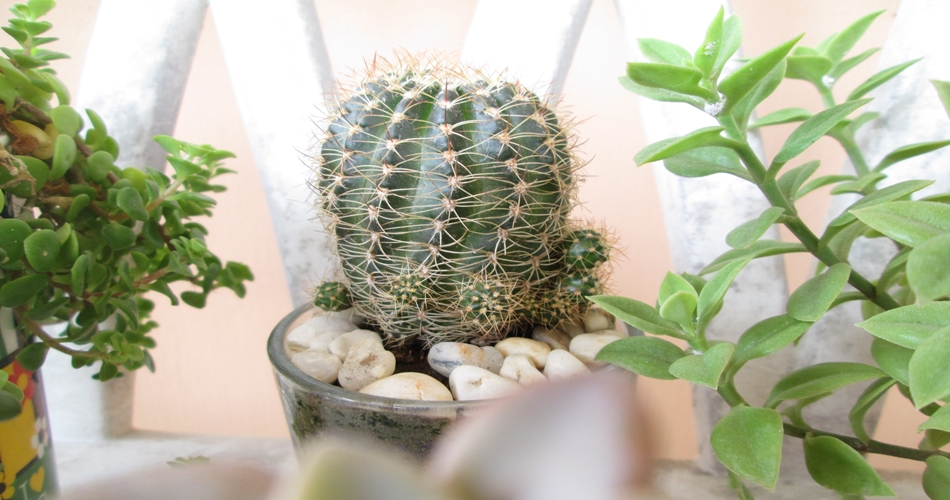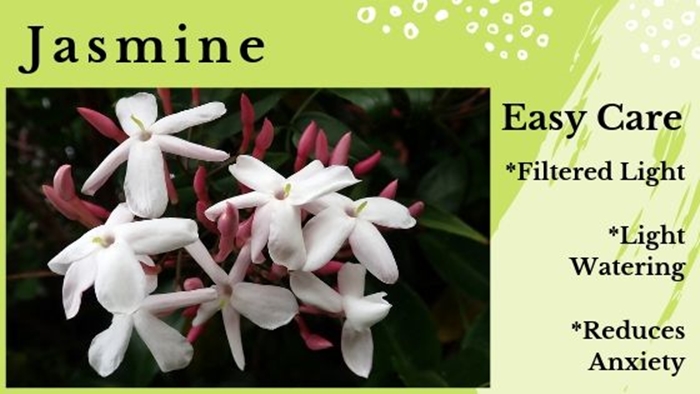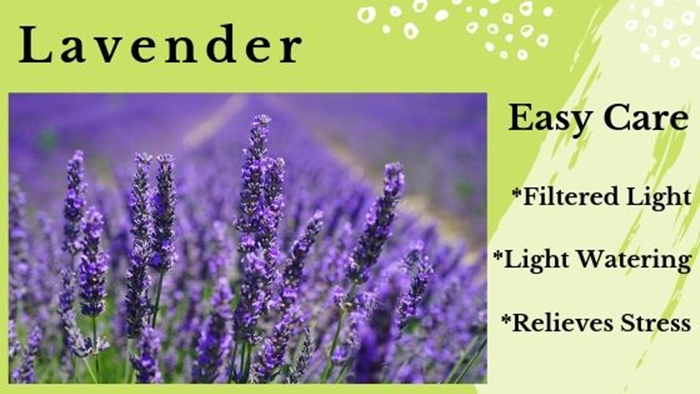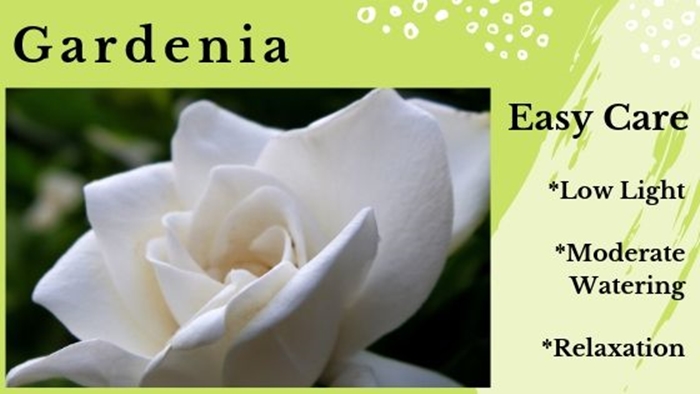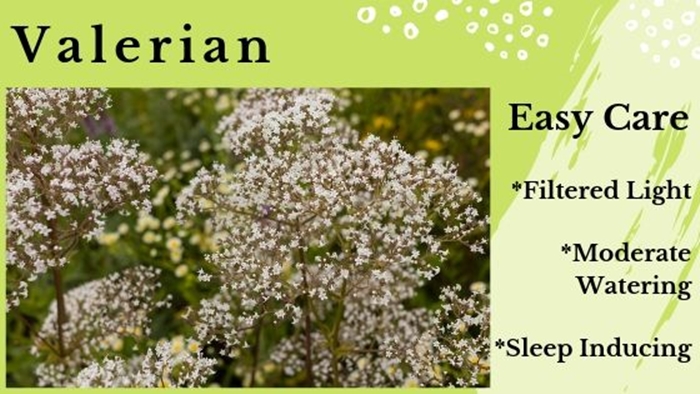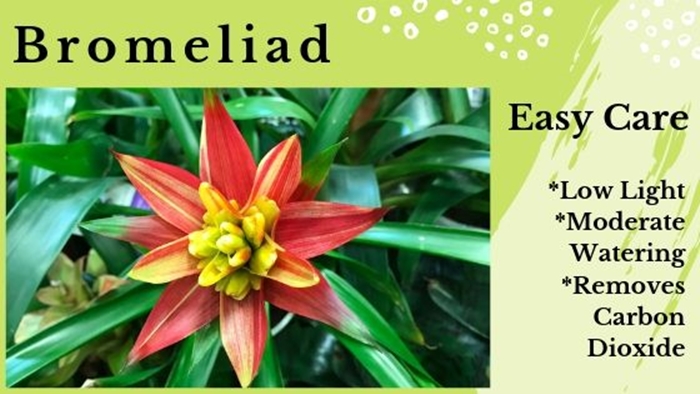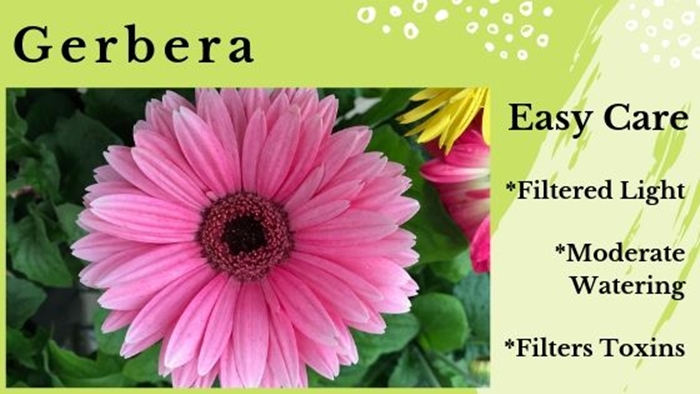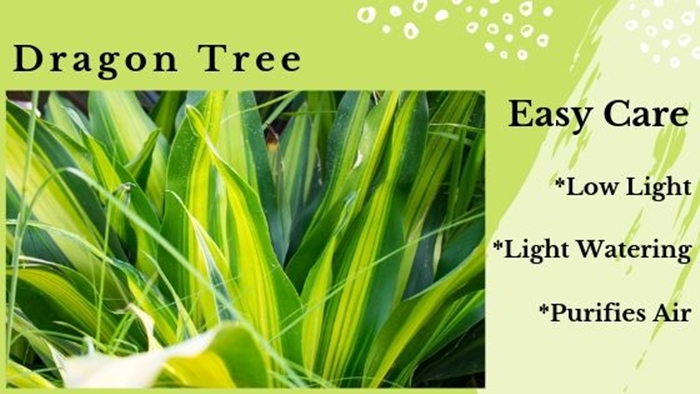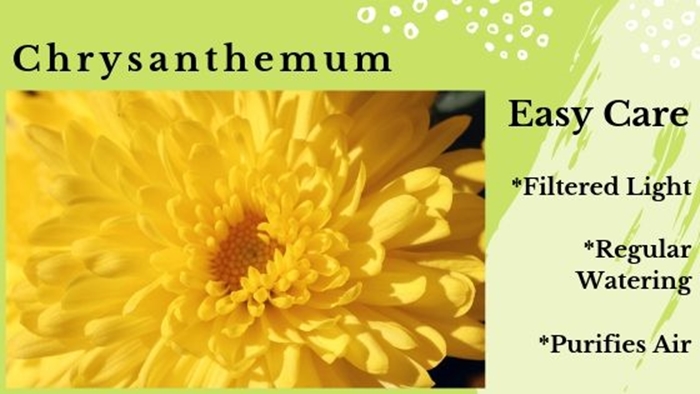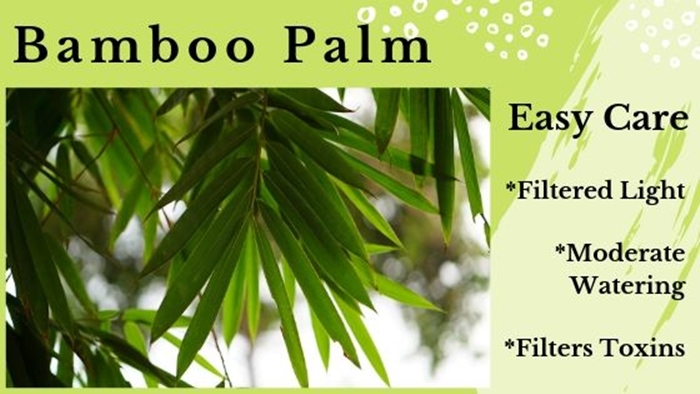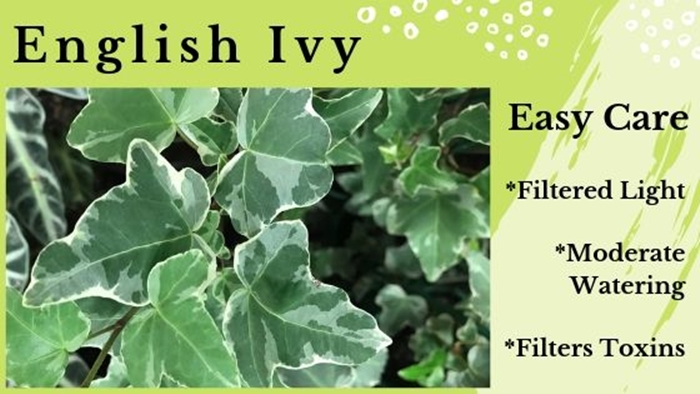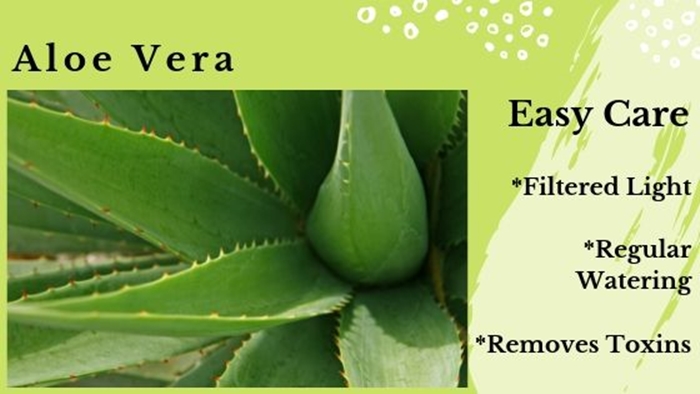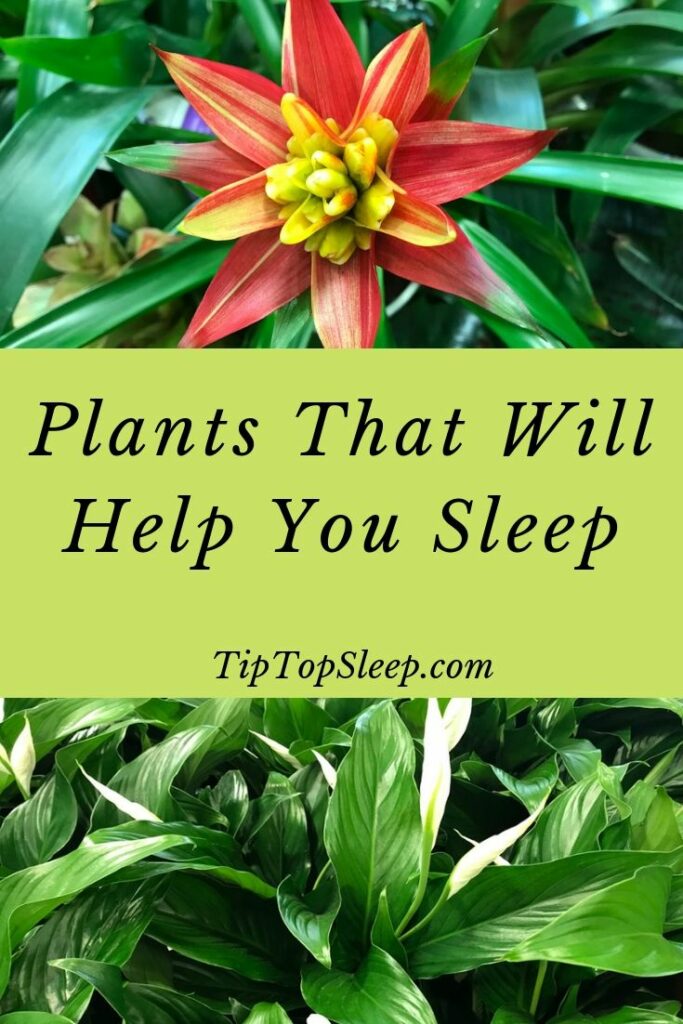Several factors need to be taken into account when choosing the best plants for your bedroom.
Determining the best plants for the bedroom hinges heavily on the environment you are in and what it is that you hope to achieve with the choice of plant.
People often labor under the misapprehension that purchasing plants for the bedroom is purely for aesthetic purposes. These are people who believe that it just gets to bring in their bedrooms, especially for the singles among us. For them, it is purely about decorating with plants in the bedroom.
They seldom take into account that the plant needs to survive in that bedroom nor do they take into account that there are perfectly good health reasons associated with having plants in the bedroom.
The more conscious among us realize and understand that purchasing plants for the bedroom can and should be a more complicated affair. Purchasing plants for the bedroom is potentially a life-changing act.
There is no reason why you can’t purchase plants that make your bedroom look good and purify the air at the same time read on below for all the information you need to help you choose the best indoor plants for your bedroom.
Best Plants for a Bedroom “If You Want Better Sleep”
Most people suffer from issues related to insomnia. The major causes of insomnia tend to be anxiety and stress. Having suitable plants in your bedroom – we will get onto some of those in a little more detail later – is believed to be a good way to improve your sleep patterns.
We all already know that the more time you spend outdoors, the better you tend to feel. What we should be doing is bringing the outdoors indoors and it is a goal that can easily be accomplished with the right access to information and a little commitment on your part.
If you pull this off, there will be no more tossing and turning the whole night. At the heart of all the plants, we are about to mention is the uncanny ability to improve your breathing patterns when asleep.
1. Jasmine – (Jasminum)
Jasmine flowers have beautiful blossoms and that kind of beauty can do wonders for the mind. It is the kind of beauty that can help reduce the levels of anxiety in you and it is proven that less anxiety contributes to a better quality of sleep.
They tend to have a gentle and soothing effect on your mind and will likely help you sleep better. When you sleep well, you also become even more productive throughout your daily life.
Care – This plant is as easy as making sure it has some light, so close to a window is perfect. When flowering keep the soil moist and when not flowering do not overwater.
2. Lavender – (Lavandula)
This is a beautiful plant with a lovely smell. Like Jasmine, it helps reduce levels of anxiety, especially after a long day of work and potentially an even longer day working at home. The Lavender has been associated with reduced blood pressure, less stress and deeper sleep.
Having a Lavender plant in your bedroom makes more sense than having Lavender based products, purchased from the shops. Nothing beats the real thing because you know that potentially poisonous additives have not been added to the man-made products.
Lavender care – the image above shows how much lavender loves the sun. Keeping yours near the window will ensure your lavender is happy. They do not like a lot of water so don’t overwater.
Top Tip
For those indoor plants that do not require a lot of water a spray bottle is perfect. Just spray the water directly onto the top layer of soil.
3. Gardenia
Some say the effect of a Gardenia plant is similar to that of Valium. Now, what makes these plants so useful indoors is that they should not be placed in direct sunlight.
This is great because not many bedrooms have direct sunlight all day to support a plant that requires a certain amount of sunlight every day.
As well as a reasonable amount of water. When considering indoor plants for your bedroom it is a matter of convenience and easy maintenance.
Care – If you find the Gardenia difficult to grow indoors growing one outside and bringing the flowers into your home will still give the sleep aid benefits of a full potted plant in your bedroom.
4. Valerian – (Valeriana officinalis)
This flowering plant is normally found in parts of Europe and Asia. It can grow up to 1.5m tall, which can be managed inside a household. Now, this plant has genuine medicinal uses. The extract of the Valerian root is used as a sedative and is sold as a dietary supplement to assist with sleep…. a sleeping pill.
Care – Some say that peaceful sleep can be achieved just by inhaling the plant. The plant flourishes at the window as it does require considerable, about six hours per day, sunlight.
5. Bromeliad – (Bromeliaceae)
There are over 3500 reported species of bromeliads. While most plants improve air quality during the day by removing carbon dioxide from the air, studies have shown that bromeliads perform this task at night.
The “Plants for Clean Air Council” studies indicate that 24-hour indoor air purification can take place if bromeliads are partnered with heavy foliage plants – such as palms – to remove carbon dioxide from the air.
Care – Let the plant dry out before watering. The water should be poured into the center of the leaves where it is stored until required. Use enough to let the water overflow from the leaves and slightly moisten the soil. Indirect sunlight is best for this indoor variety.
Top Tip
Don’t forget that because indoor plants are potted they can be moved around to achieve their requirements for survival and growth. Move them around the house to achieve maximum sunlight required, you can even place them on balconies, patios, and decks.
Just remember to bring them in as plants not used to too much direct sunlight will not be happy!
Best Plants for a Bedroom That Purify the Air
The most useful plants for a bedroom fulfill the air purification function, especially in developing countries where limitations on industrialization are merely used as guidelines and not set rules.
Countries like India, China, and even Nigeria – where population density in the big cities is very high – are worst affected by poor air quality. In countries like those – they aren’t the only ones – purchasing bedroom plants that assist with air purification should actually be mandatory.
While there is a bigger, regional and global climate change picture to be taken into account. there is also the small matter of public health. A population struggling with its health will also struggle to be productive. Under those circumstances, everybody loses.
Almost every talk and presentation carried out regarding the best plants for the household and more specifically for the bedroom has at its core information produced during a study conducted by the National Aeronautics and Space Administration (NASA) and the Associated Landscape Contractors of America (ALCA) in 1989. Source.
There appears to be a consensus among plant experts that the information produced in that NASA Clean Air study remains as relevant now, as it has ever been.
When compiling the clean air study everything, from the plant’s leaves, roots, soil, and associated plant microorganisms were interrogated – to establish what role they played in reducing the level of indoor air pollutants.
The findings are most compelling.
We also live in an age where healthy doesn’t always mean cheaper – actually, it seldom does. When compiling its study, NASA also took into consideration the economy.
Three decades later, we might find that some of those economic factors are no longer relevant. Some might prove more relevant than ever.
Plants That Help Remove Trichloroethylene from the Air
Trichloroethylene is a commercial product commonly found in products like printing ink, paint, varnish, and adhesives. There are elements of that all over the bedroom. Among the chief medical fears associated with this product is the increased prospect of cancer in the liver.
So, all those cupboards and bed boards look great but can be hazardous to your health and some plants can help mitigate the health impact in the bedroom.
The scientists involved with this study established that the plants most effective at removing Trichloroethylene From The Air were Gerbera daisies, Dragon trees, and Peace lilies.
6. Gerbera Daisies
These plants are commonly found in parts of South America, Africa, and Asia. The South African variant is more commonly known as the Transvaal daisy or the Barberton daisy. It is a plant that flourishes in African climates.
While the health benefits that come with having this plant in your bedroom are now strikingly obvious, they also look good and can really liven up a mood in the bedroom. The two-lipped ray florets come in yellow, orange, white, pink and red.
For those of you who are scared of turning your bedroom into some form of the jungle, that can also easily be avoided. The flower heads for this plant can be as small as 3 inches or 7 centimeters in diameter, which is just cute.
The flower heads can also grow to somewhere in the region of 5 inches or 12 centimeters in diameter.
Care – The experts will tell you that it is in your best interests to keep the soil moist but not soaked when growing these plants.
7. Dragon Trees – (Dracaena draco)
Dragon trees are essentially shrubs. Very green with an element of wild. These plants tend to have a tree-like, branching slender trunk and the shrubs grow to about 5m. That can be intimidating for somebody who wants to keep it in the house, but there are ways to work around that. It is not really an enormous undertaking.
In general, the leaves spread horizontally and they are long, thin and rigid. The real beauty of having a Dragon tree in the household is that the maintenance thereof is as low as it gets.
One aspect that does need to be taken into account though is that you do not want your cats and dogs around this plant. It is toxic for those pets. That is the only bummer but what are cats and dogs doing in your bedroom anyway, right?
Care – The Dragon tree does need some indirect sunlight. If you notice brown spots on the leaves, that should be your first clue that the plant is actually getting too much sunlight. So, always try to take note of that.
Do not overwater your Dragon Tree!
8. Peace Lilies – (Spathiphyllum)
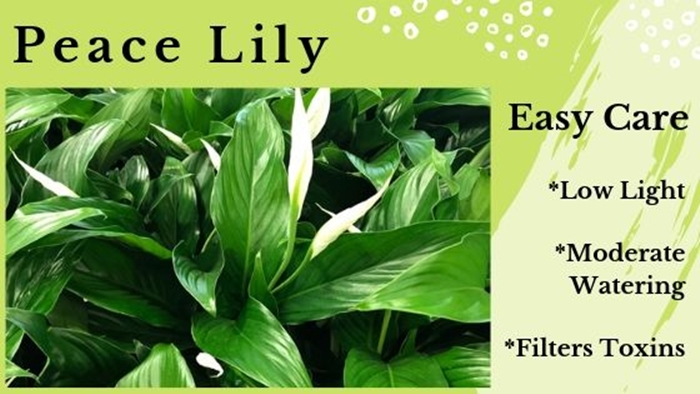
Peace lilies thrive in tropical climates – most of those are found in the Americas and Southeast Asia. The leaves tend to grow up to 30 inches or 65 centimeters long and about 10 inches or 25 centimeters broad, which does not complicate the bedroom situation too much.
Fortunately for your domestic animals, Peace Lilies are not toxic. The True Lilies (not to be mistaken with the Peace Lily) are toxic though. So, make your choice wisely when purchasing one of these.
Care – Some experts say the plant does not need large amounts of light or water – just once a week – to survive, so having them inside the house is most convenient and beneficial to your health.
Do you require indoor plants that will survive without much sunlight?
See some awesome low light plants here at Amazon. You will be amazed at the range and the low prices.
Plants That Help Remove Benzene from the Air
Benzene is a chemical compound that just sounds ominous when you read it out loud. Traces of Benzene are to be found in polystyrene, resins, adhesives, nylon fibers, engineering plastics, detergents, lubricants, rubbers, and gasoline.
The product is very common in the world’s two biggest economies, China and the United States. There are also strong traces of it in the Middle East and Africa.
Benzene also increases the risk of cancer and bone marrow failure. This stuff can be found all over the household and is also a prominent feature in the production of gasoline.
Gerbera Daisies are most effective at removing traces of Benzene from the air. Among the plants that are useful to have in the household/bedroom for this purpose are the Peace Lily and the Dragon Tree. We have already touched on all of those though.
Other plants that make the cut include the Chrysanthemum, Warneckei and Bamboo Palm.
9. Chrysanthemum
These plants are native to Asia and parts of Europe. They are basically subshrubs and are also perennial plants.
In the early stages, it is quite a messy plant arrangement really, with several flower heads but ultimately very colorful. Regular deadheading will keep them looking good!
The most prominent colors on the plant are white, yellow and/or red.
Care – Windowsill for natural sunlight and a lot of water from underneath the leaves – to reduce fungus.
10. Bamboo Palm – (Dypsis lutescens)
When you first see this plant, the first thing that will always come to mind is paradise. As it so happens, the plant is most associated with places like Madagascar, South India, the Andaman Islands, Réunion, El Salvador, Cuba, Puerto Rico, the Canary Islands, Southern Florida, Haiti, the Dominican Republic, Jamaica, the Leeward Islands, and the Venezuelan Antilles. For the most part that is paradise.
The plants do grow up to about 40 feet or 13 meters, which does present its complications, for those hoping to use them for the household. The plant has multiple stems and the leaves tend to arch. However, all of that can be easily managed with the right advice from local experts.
The leaves are green but during the summer you will be able to spot yellow flowering on the plant, which obviously creates some much-needed color and can brighten up the experience in your room.
Care – is simple – as the leaves will grow larger than the normal indoor tabletop plant a pot on the floor near a window for optimum light is a perfect position.
As palms are tropical they do like to be kept moist so moderate watering is required. Spray bottle with water is perfect as palms love their fronds lightly watered as well.
Plants That Help Remove Formaldehyde from the Air
Formaldehyde is another one of those compounds found all over the household. The American Cancer Society is at pains to point out that it is found in building materials and many household products. It is used in pressed-wood products, such as particleboard, plywood, and fiberboard; glues and adhesives; permanent-press fabrics; paper product coatings; and certain insulation materials.
The health concerns associated with this compound cannot be overstated. The Bamboo Palm is very effective at removing this kind of product from the air. However, the additional plants worthy of a mention in this context include the Mother-in-law’s Tongue and or the Janet Craig.
11. Golden Pothos – (Epipremnum aureum)
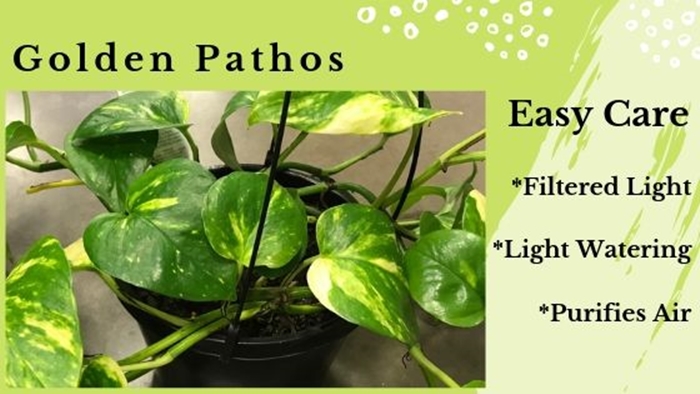
This hardy plant should be kept out of reach of children and pets as it can be poisonous if consumed.
Care – Very easy to care for the soil should be let dry out before watering again. As this plant is prone to root rot if the roots are very wet or drainage is poor.
12. Snake Plant – (Sanseviera trifciata)
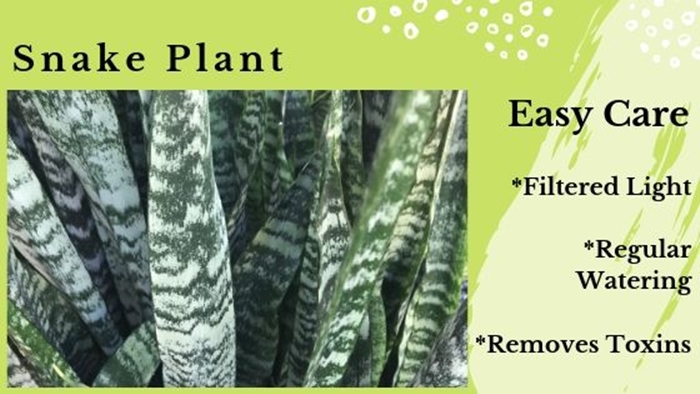
They tend to grow to about 40 inches or 90 centimeters long and just under three inches wide. Very easy to keep in the household. However, if you want this in your bedroom, don’t keep it too close to the bed. It might terrify you a little when you wake up.
These plants are able to survive drought conditions, as they are able to prevent water from escaping during the day. You also don’t have to spend too much time worrying about giving the plant enough access to light – it doesn’t need that much of it.
As mentioned earlier, you do not even need to water the plant that regularly. It is also near impossible to overwater the plant. It is the perfect bedroom plant really. Low maintenance and good looking.
Top Tip
Remember to put your indoor plants outside when it rains.
13. Corn Plant – (Dracaena fragrans)
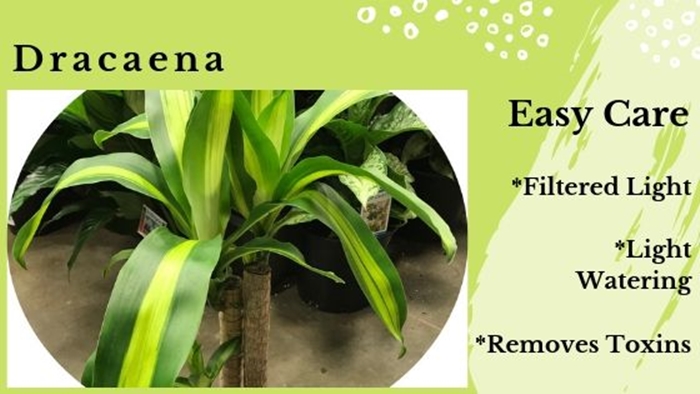
It is a flowering plant but it is not actually very pretty. It has multiple stems at its base and can get as tall as 50 feet or 1Â 15 meters.
The stems can reach 12 inches or 30 centimeters in diameter. If you worry about your bedroom looking like a jungle, this is the plant that would probably be to blame for that awkward transformation.
However, it is another one of those plants that can easily survive neglect. Lighting is not an issue either when it is indoors.
Care – Light watering required.
14. English Ivy – (Hedra helix)
This is a plant that tends to do well across the board. It is a flowering plant that grows well in Europe and parts of Asia. It does require a lot of maintenance though, as it can grow up to 100 feet or 30 meter high.
It can also cause a lot of structural damage to your dwelling if you are not careful. Beyond that, it is also likely to hide any serious structural flaws of the building. It is pretty on walls and sheds but maybe not ideal to grow indoors.
Close to the bedroom window is also good though, because of the health benefits such as asthma (source) that tend to come with the territory when you grow this plant somewhere on your property.
Some may be able to source smaller indoor varieties if so little sun is required indoors,
Care – moderate watering.
15. Aloe Vera – (Aloe barbadensis)
Two words that possibly terrify people just walking down the street and minding their own. business.
Jehovah’s Witnesses are known to be relentless but you ain’t seen anything yet until you run into an Aloe Vera salesman.
You will buy that product, whether you want to or not.
The reported health benefits of the Aloe Vera are well documented. That is why the products sell so well. We suppose the jury is out whether that is a hoax or not.
What we do know is that these succulents are easy to grow and are known to mitigate the impact of formaldehyde and benzene in the air – traces of both compounds can be found all over your household.
You have most likely run into one of these plants on the kitchen window. However, there is probably no reason why you cannot have them sit on the bedroom window sill.
It is not the prettiest plant in the world but it is hard to deny the potential health benefits of having one in the bedroom.
Care – These plants love and need sunlight, so this is why the window is generally a popular spot. This plant is from a succulent family so it requires very little water.
Don’t forget to use the “leaves” of this awesome plant – just break a little off and squeeze out the flesh to rub on:-
- dry skin
- minor burns
- cuts
- insect bites
- sunburn (minor)
16. Boston Fern – (Nephrolepis exaltata)
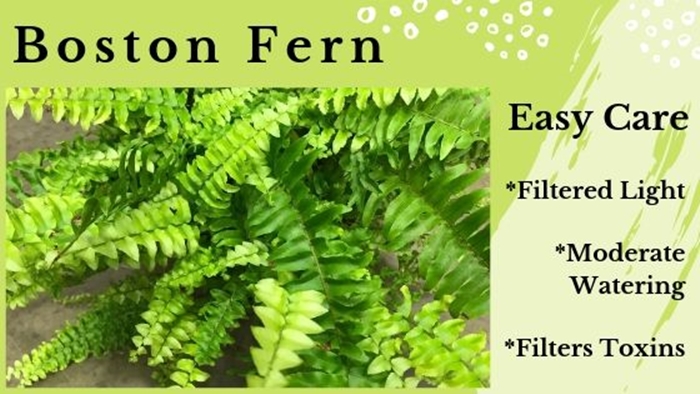
Care – The ferns soil should be kept moist, if left to dry out the leaves will start to brown. It will thrive in filtered light, not direct sunlight and even though it loves humidity it does not like direct heat such as that from heat, fireplaces, and vents.
17. Chinese Evergreen – (Aglaonema)
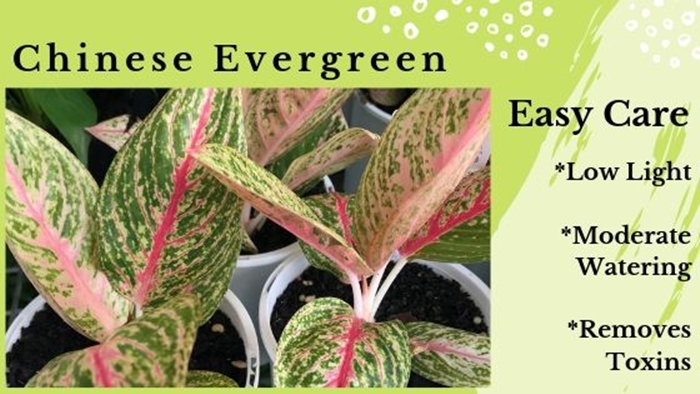
You will also notice from the image above that the Chinese evergreen is not necessarily green. It comes in various colors and shapes you can utilize throughout your home.
Care – Can be placed in any area of your bedroom, probably not in direct sunlight. Do not let the plant get too dry a light watering it likes the soil moist, once every two weeks, will keep it happy.
Top Tip
It can be extremely confusing when purchasing plants that have a large variety of colors, shapes, and sizes. Do your research to make sure the plant you choose is safe to have in your bedroom.
Final Thoughts
When choosing plants for your bedroom you should consider these:-
- what elements of the plant you want to derive from the plant
- the amount of sunlight on offer
- plants that need little light
- the size of the plant
- ability to care for certain plants – if you are away regularly considering the succulent family of plants which do not need a lot of water
Let’s face it all indoor plants look great when healthy and cared for so fill your bedroom and home with a mixture and reap the calming, sleep, health and beauty benefits of having plants in your home.
As always here’s to better sleep!

